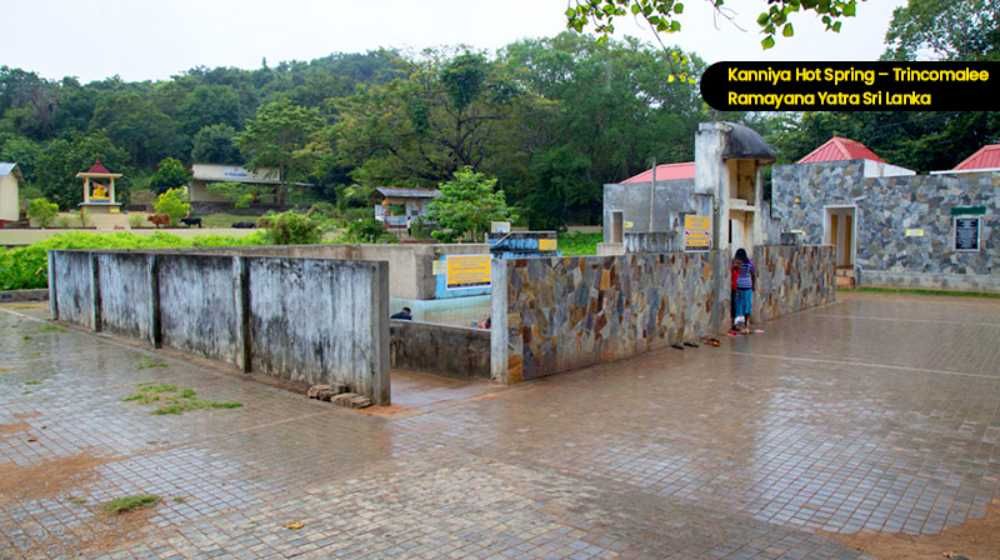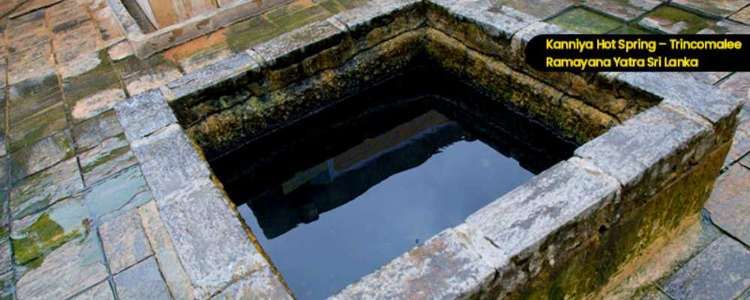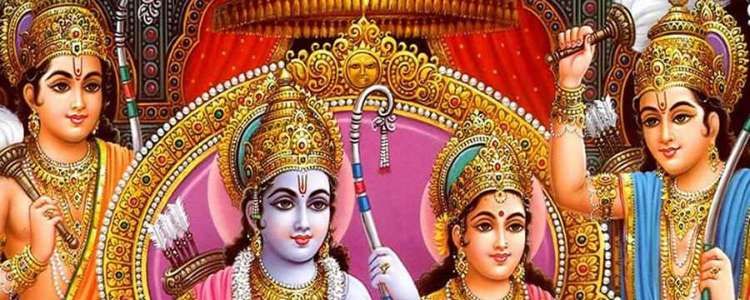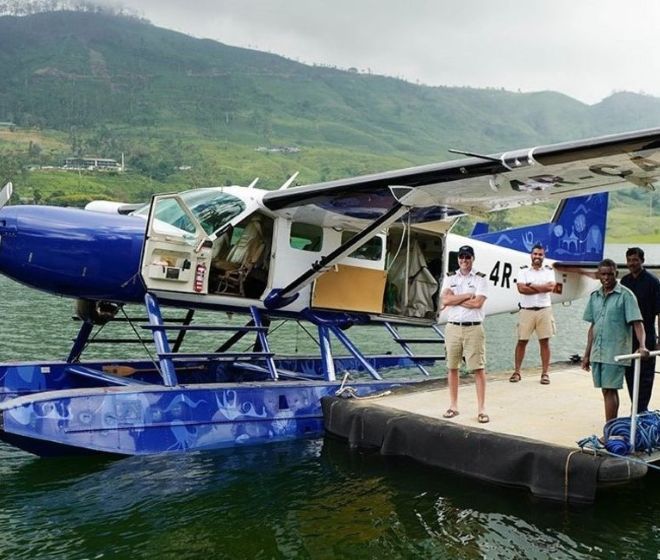
Kanniya Hot Water Spring Trincomalee Sri Lanka
Kanniya Hot Springs is a site with hot water wells located in Eastern Province, Trincomalee District of Sri Lanka. Average temperature of these wells is 42 Celsius and the temperature is slightly different to one another. Kanniya Hot spring is popular tourist destination in Trincomalee district and both local & foreign travelers. Currently this is managed by Pradeshiya Sabha (Local Council) of Trincomalee. People in this area believe that this hot water is good for some skin deceases and it has healing power for Arthritis and Rheumatic.

History of Kanniya Hot Spring
Inscriptions revels that the hot springs were reserved by the Buddhist Monks who were residing the area during Anuradhapura period. Kanniya Hot Spring site is protected monuments / site by Department of Archeological Sri Lanka. Even today, there are ancient ruins visible but most of them were destroyed during Sri Lankan war ended in 2009. According to the archeological analysis, these wells were probably a part of a pond complex used by Buddhist monks of Velgam Vehera Buddhist Monastery and a large number of remains of Buddhist building has been recovered around Kanniya Hot Spring site.
According to Ramayana Yatra Sri Lanka
According to King Ravana era It says that King Ravana stuck the earth with his sword in several spots and several fountains sprang from these points. The water was hot and this was the beginning of these hot water springs. Therefore, this is one of the Ramayana Yatra related site as well in Sri Lanka.

Hydrogeological characteristics of Geothermal Springs in Kanniya Trincomalee
Geothermal springs are the natural springs that contain hot water. Hydro geothermal systems link the global lithosphere, hydrological and atmospheric cycles of the environment. Generally three important factors control the generation of hot springs, including heat sources, ground water and reservoir rocks.
The surface temperatures of the Kinniya spring water range from 30 ºC to 37 ºC, all of which can be classified as warm springs. The spring water is classified as weakly basic as indicated by the invariable pH from 6.7 to 7.3. Conductivity of the Kinniya hot springs at 25 ºC shows insignificant variation ranging from 288 to 428 μS/cm (Table 2). In the surface temperatures of the Madunagala spring water range from 34 ºC to 46 ºC, all of which can be classified as warm thermal springs.
Further study reveals that due to increases of atmospheric precipitation decreases the thermal temperature decreases and a corresponding decrease atmospheric precipitation which defines increases the thermal water. Therefore, there is an existing intimate relation between atmospheric precipitation and thermal groundwater. The chemical analysis results revealed that Kinniya spring water contains more HCO3 and Madunagala spring water contained more Cl ions.
References
Dissanayake. C. B, Jayasena. H.A.A., (1987) Origin of Geothermal systems of Sri Lanka, Geothermic, v 17, No: 04, pp657- 669
RANJANA U. K. PIYADASA & P.R.E.R. ARIYASENA
Disanayake. C. B, Weerasooriya. S. V. R. (1985). The Hydrogeochemical Atlas of Sri Lanka, National Science Foundation, Colombo, Sri Lanka
Some geologists believe that the thermal water is due to magmatic activity of the crust in close proximity to the existing ground level. Others believe that here the issue of thermal water is believed to be via deep seated rock fractures. This is substantiated by emanating gases from the water, mainly hydrogen sulphide (H2S), easily identified by smell. The five wells have slight variation in temperature, and the average temperature can be taken as 42o C.
Travel Details FAQ (Frequently Asked Questions of Kanniya Hot Springs
How much is the entrance Fees of Kanniya Hot Spring – 50 Sri Lankan Rupees for 1 foreign adult
Location – Located at Gomerankadawela, about 13 KM from the Puttalam-Trincomalee Road
What are opening time of Kanniya Hot Water Wells – 365 days / 8 AM to 6 PM
Can I have a bath at Kanniya Hot Srings – Yes but limited no of buckets since there are many tourist
Can I use soap at Kanniya hot spring – No you can’t use soap / shower gel.
Is it too hot to bath ? – Not much, around 38 – 42 Celsius



